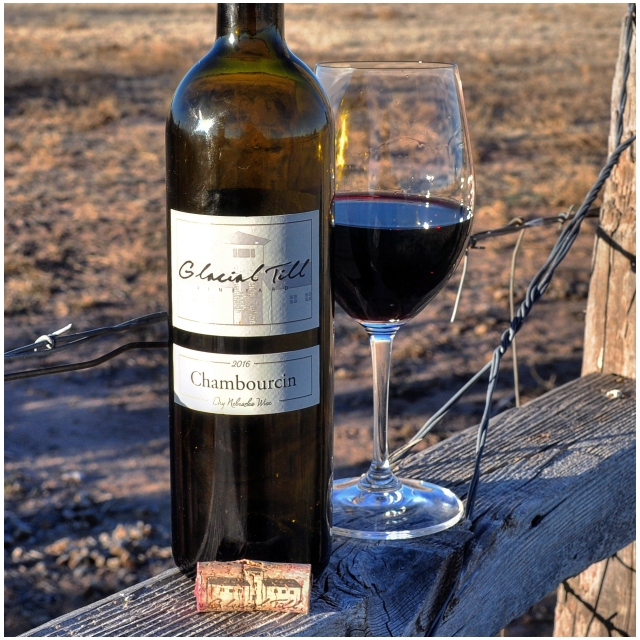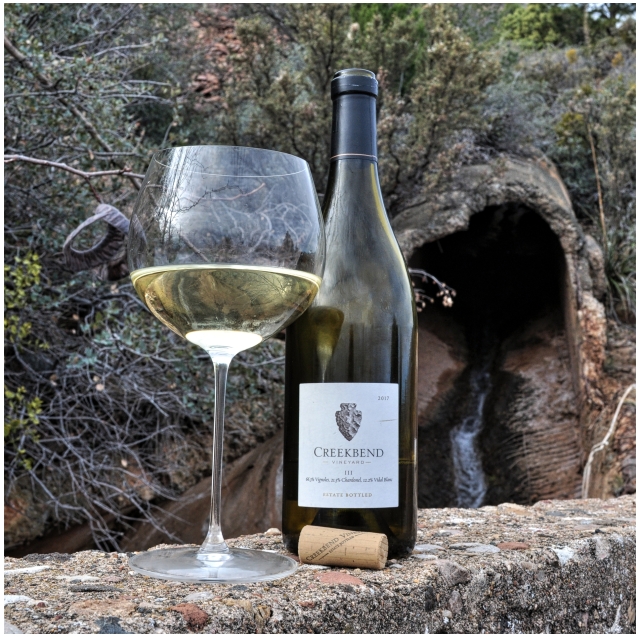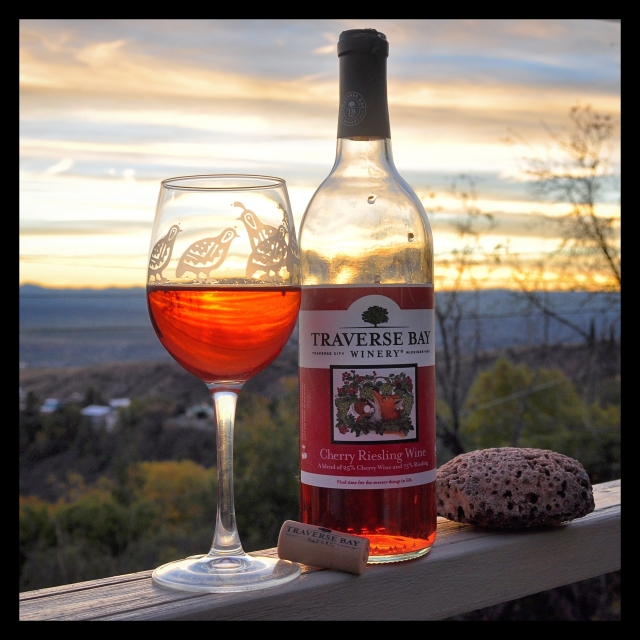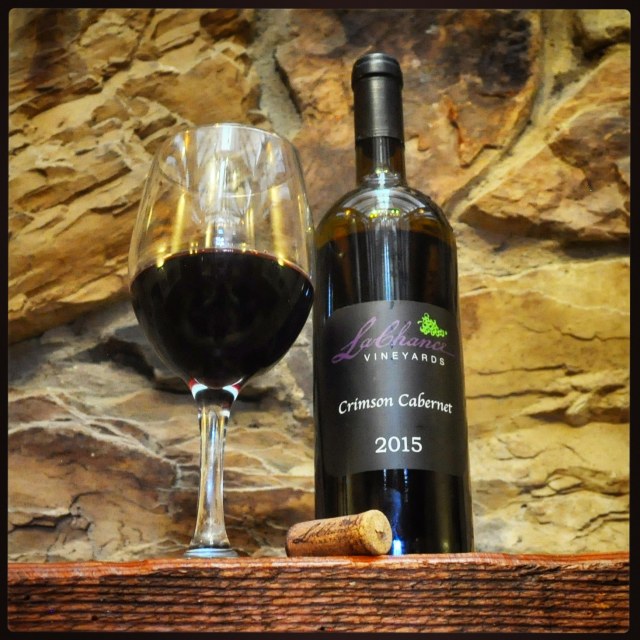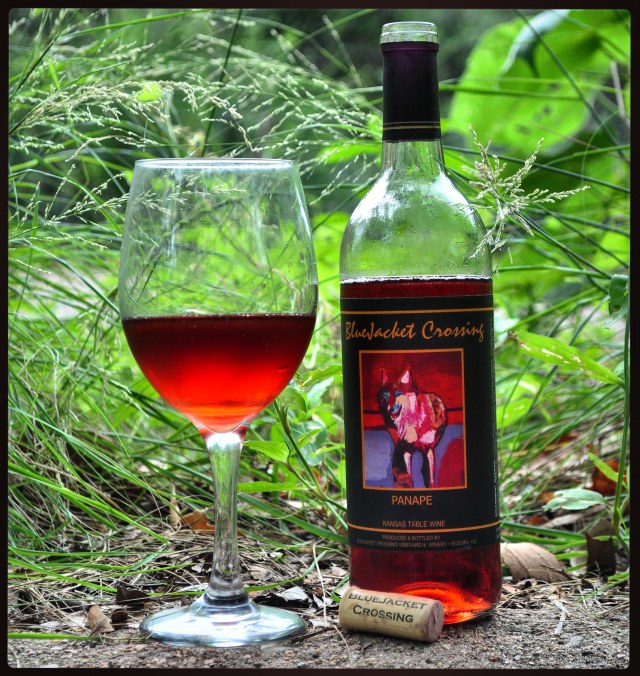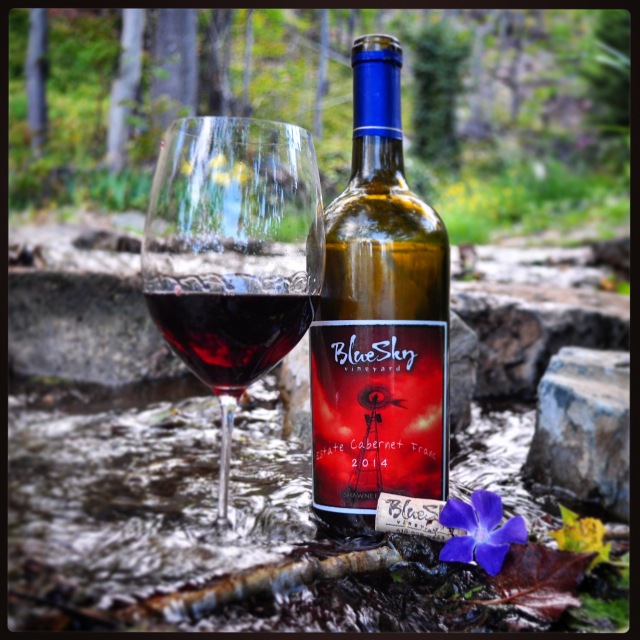Welcome to episode 32 of the Make America Grape Again Podcast, where we return to the Great Plains and imbibe the 2016 Chambourcin from Glacial Till Winery, located in Palmyra, Nebraska. Chambourcin is a grape we have not yet met in the podcast. This French-American hybrid is a cross between Chancellor and Seyve-Villard 12-417. Chambourcin is also one of the most abundant hybrid varietals still grown in France today, and it is known across the world in colder, wetter, regions for producing full-flavored, aromatic reds. It is a grape we will meet again in future episodes.
The history of the wine industry in Nebraska begins in the late 19th century, by the end of which 5,000 acres of grapes were in production. Most vineyards of this era were located in the counties of southeastern Nebraska which were adjacent to the Missouri River. The Nebraska wine industry was devastated in the 1910s by Prohibition; after the repeal of Prohibition in 1933, the remaining commercial grape industry in Nebraska was destroyed by a massive winter storm in November of 1940.
The wine and grape industry in Nebraska was essentially dead after the storm until the mid-1980s; the passage of the Nebraska Farm Wineries Act by the Nebraska Legislature in 1986 increased the amount of wine that a Nebraska winery could produce from 200 US gallons to 50,000 US gallons. Even in the early 1990s, though, fewer than 10 acres of vineyards were in cultivation in the state. This changed with the opening of Cuthills Vineyard, in Pierce, Nebraska, in 1994. Following shortly thereafter, James Arthur Vineyards opened, and in 1998, the Nebraska Winery and Grape Growers Association was created to enhance the prestige of Nebraska wines and vineyards. Since then, 28 additional wineries have opened across the entire state, sourcing grapes from roughly 100 planted vineyards which are found scattered across Nebraska. As of press, Nebraska has no established American Viticulture Areas, nor am I aware of pending legislation to create any.
I should also note that the University of Nebraska-Lincoln has four experimental vineyards in Nebraska, and there is a breeding program for the creation of new grape varietals associated with both the university and Cuthills Vineyards. This program seeks to cross European varietals with indigenous Nebraska grape species. The first grape varietal released from this grape breeding program is a varietal known as Temparia.
While I have actually visited the tasting room for Glacial Till Vineyards in Ashland, Nebraska, many years ago, (as well as the James Arthur Vineyards tasting room in Lincoln on that same trip), this bottle was acquired through their website by yours truly a few months ago. The fact is when I tasted an earlier vintage of this Chambourcin, I fell in love because of the use of French, rather than American Oak… but had an already packed suitcase. Lamentations ensued, but now the world is right again.
